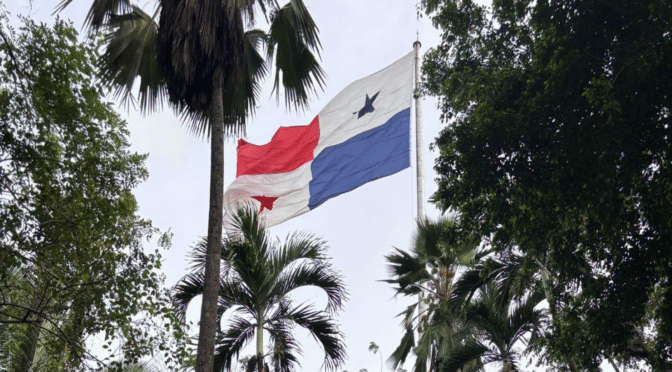By: Olivia Drew, Undergraduate student in the UT International Relations and Global Studies Department
When I arrived in Panama, I had no idea what I would find or how I would fit into the office there. Nevertheless on May 29, I was there and was slowly learning my place in the city. When I got to the CID Gallup office, I learned more about their work and the reasons why it matters. CID Gallup is a surveying company that collaborates with both the public and private sectors to collect public opinion data about a variety of topics. The work being done at CID Gallup is crucial to understanding the concerns and needs of people in Latin America.
When we ask questions about democracy in the region, being able to gauge public opinion on a variety of topics could help bring representation to marginalized communities that often don’t have a loud voice. Without public opinion research, leaders and policymakers would not be able to fairly and accurately represent their constituency.
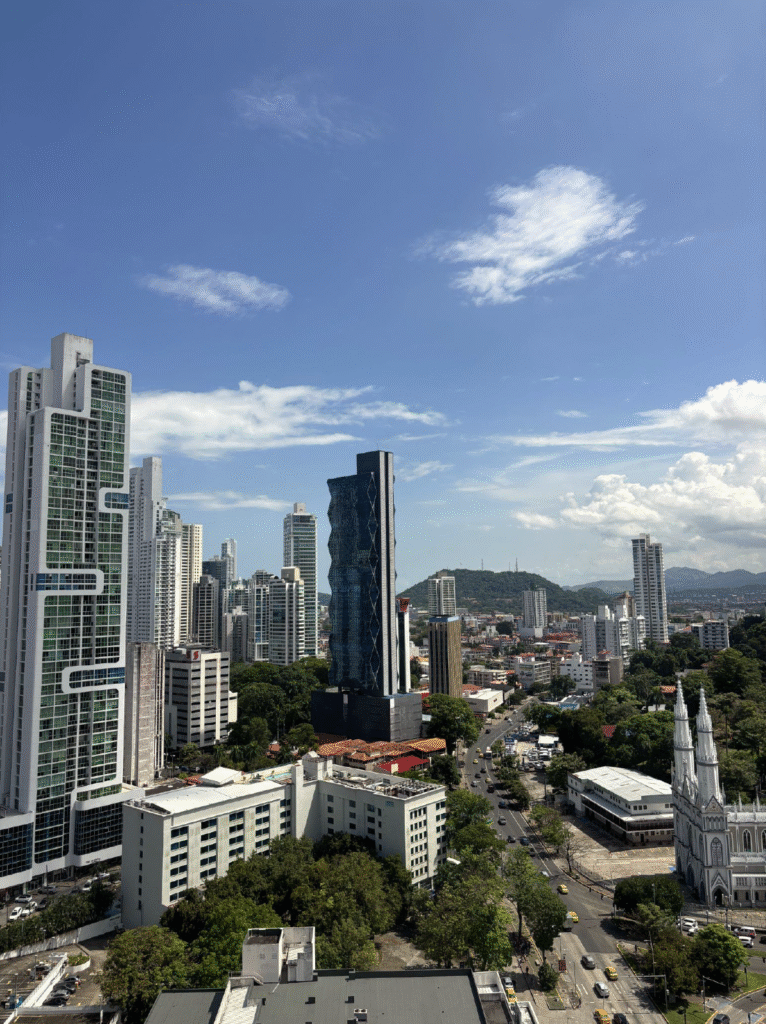
During my time here, I have had the opportunity to be a part of different projects at various points in the process. In my first couple weeks, I assisted with data entry for a survey funded by the World Bank about socioeconomic indicators in Panama. I also participated in surveyor training for a survey that was about one of the largest copper mines in Central America and public opinion about President Mulino’s push to reopen it.
Over the course of the internship I, along with the other Embedded Scholars interns at CID Gallup, reviewed, revised, and observed a survey that was funded by the United Nations Development Programme (UNDP). I had the opportunity to examine the survey questions and offer my personal suggestions for how they might be improved. This survey asked crucial questions about quality of life, economic development, and needs of people living in different provinces throughout Panama. I found it interesting that the survey asked questions like “what kind of material is your home made of?” and “what kind of internet access do you have?” to gauge the levels of development in different areas.
I thoroughly enjoyed the processes of reading each individual question on the surveys and critically examining their value. When thinking about the population that each question was addressing there were so many factors such as education level, occupation, and age that must be considered to ensure that all participants could confidently understand and answer the questions.
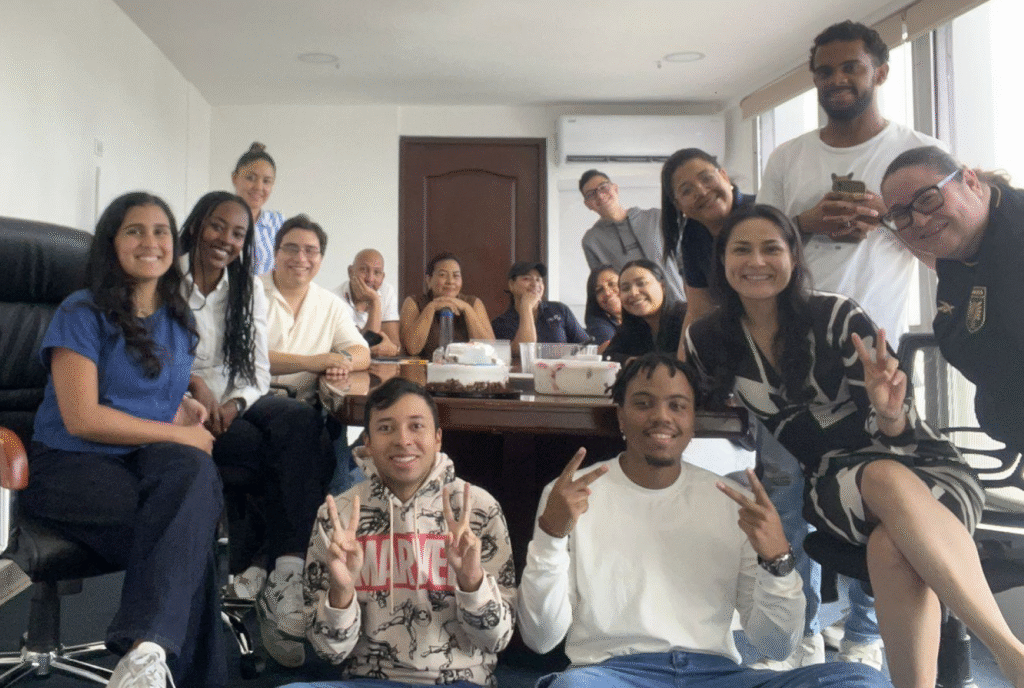
Throughout my time in Panama, I began to feel more and more connected in the office. The faces I saw everyday began feeling less like strangers and more like a small supportive community. The marketing and sales teams were particularly helpful in guiding us in our various projects and helping us when we encountered difficulty.
One day we were tasked to make an infographic along with a video about key issues in different Latin American countries for the company’s social media platforms. I chose the Dominican Republic and I discussed the current crisis regarding migration from Haiti to the Dominican Republic and citizenship policies that have been changing. I used data that had been collected by the CID Gallup teams to bring this information together. This experience really allowed us to research and condense important information for those looking to be more informed about key issues in Latin America. I enjoyed how the projects at the CID Gallup office were different from each other and at the same time allowed me to familiarize myself with the region in a more well-rounded way.
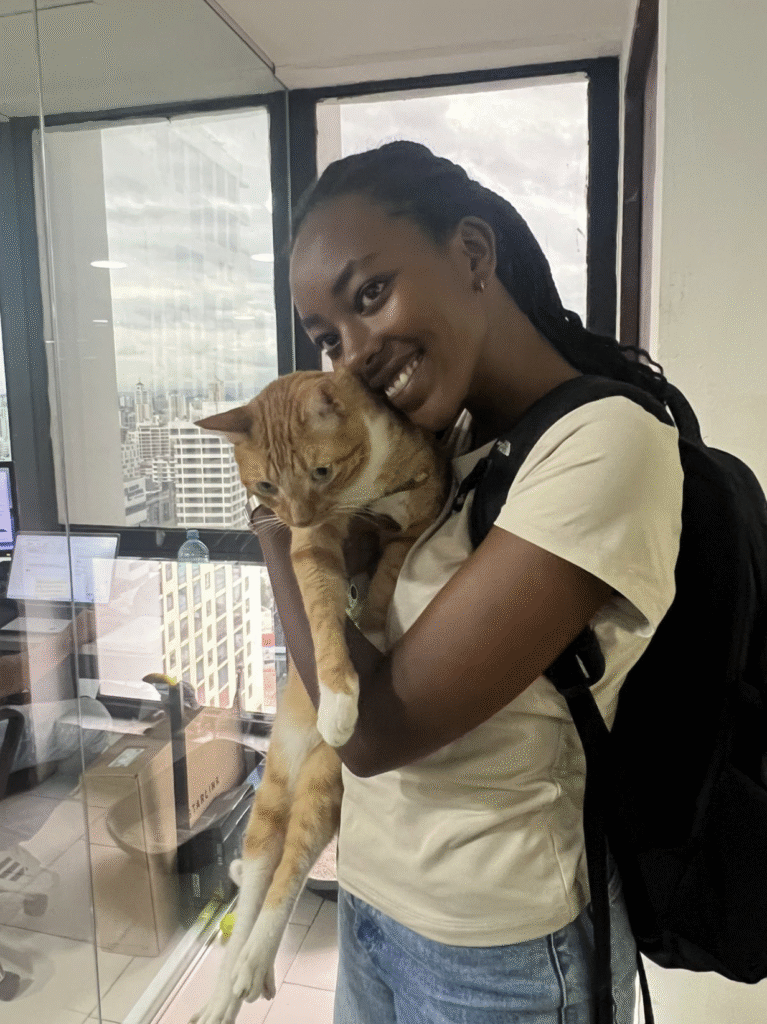
Although I thoroughly enjoyed many parts of working at CID Gallup, my favorite part by far was going out into the field. The fieldwork that I got to participate in involved going outside of Panama City to more rural communities and selecting a neighborhood to collect data in. I, along with the CID Gallup surveyors, would go door to door asking if residents would like to participate in our survey. Not only was this an amazing opportunity to see how the surveys are conducted by professional surveyors, it also served as an opportunity to explore parts of Panama that a college student in the U.S. might not ordinarily find herself in.
I was able to see firsthand the difficulties that surveyors face while in the field. One of the more difficult aspects of some of these surveys was the filter criteria. For example, the first time we went out into the field, the participants for the survey had to be people between the ages of 18-35 with at least some university education. While this demographic made complete sense for the content of the survey, we faced difficulty with being able to find younger adults at home, who were available in the middle of the school/work day.
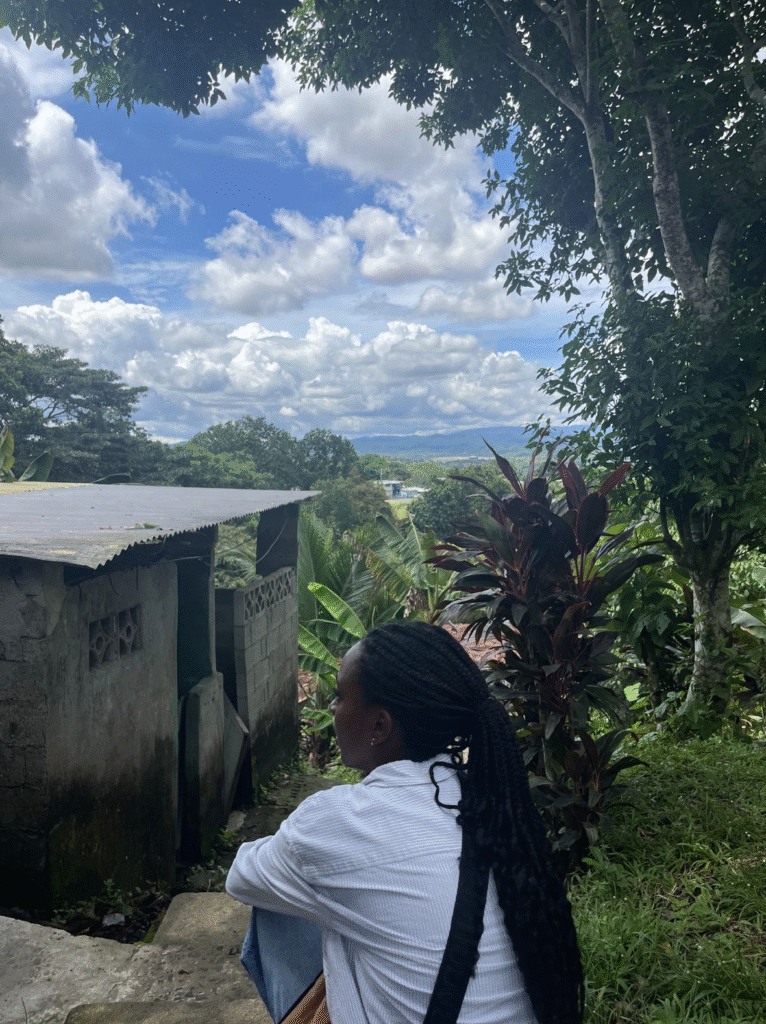
The fieldwork didn’t only teach me about surveying technique and logistics; it also unintentionally taught me about the culture of Panama. One of the most surprising observations to me was just how willing residents were to hear about the survey and participate in it. The surveyors would stand on the sidewalk in front of the house and loudly say “¡Buenas! ¡Buenos días!” and residents would come with all their curiosity and ask what we were up to.
Additionally, people rarely ignored the surveyors or told them to leave. In fact, residents would often be disappointed to inform us that they did not have anyone in their home that met the survey requirements and would wish us good luck finding people. Although I’ve personally never done door-to-door surveying in the United States, I don’t imagine that people would be quite so inviting and willing to participate. Being out in the field and observing surveys for myself highlighted an openness and warmth that exists in Panama and I’m sure exists throughout Central America.
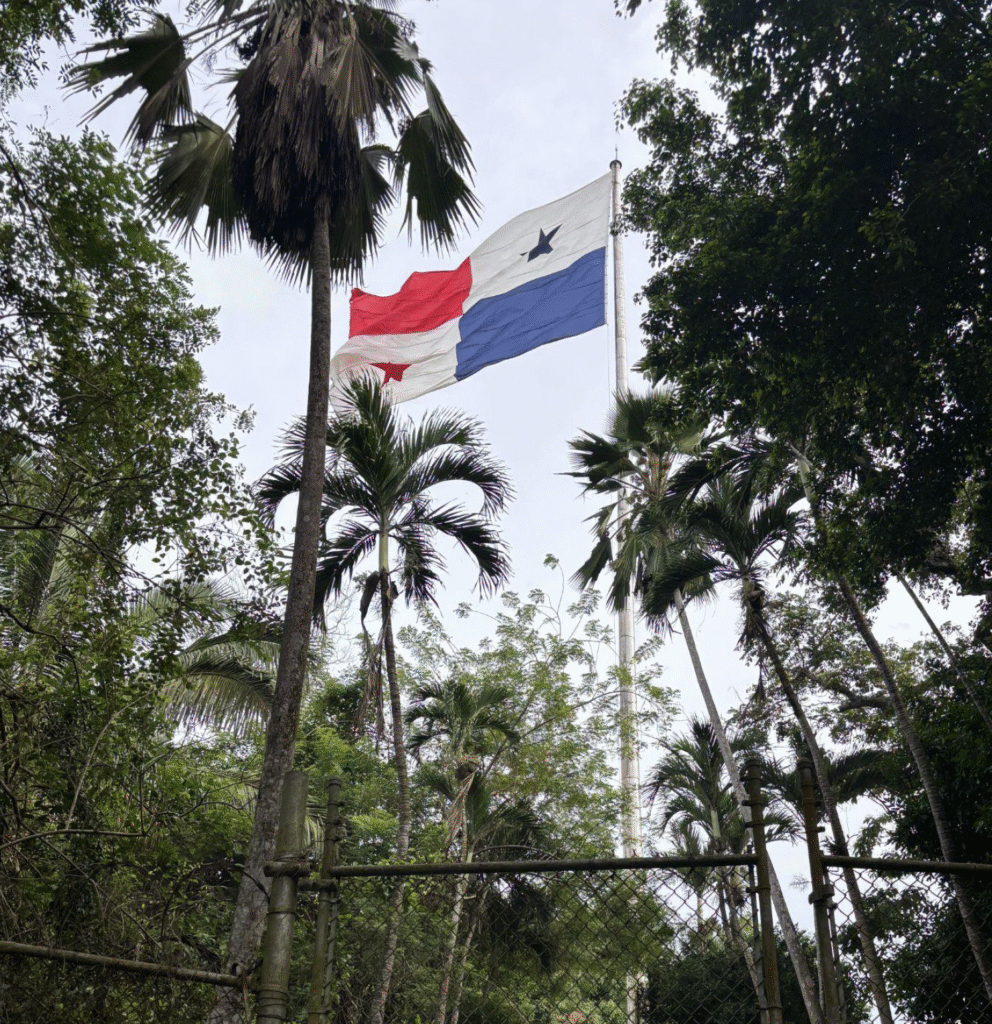
As I reflect on my time as an Embedded Scholar, I am left with a deep appreciation for Panama and gratitude for the CID Gallup team and my fellow Embedded Scholars. The expectation from the moment we walked into the office was that, if nothing else, we would be learning. I am grateful that I got to learn alongside people who shared common interests and a curiosity about Latin America. I gained invaluable knowledge about Panama’s key issues, survey and analysis techniques, and the importance of public opinion.
